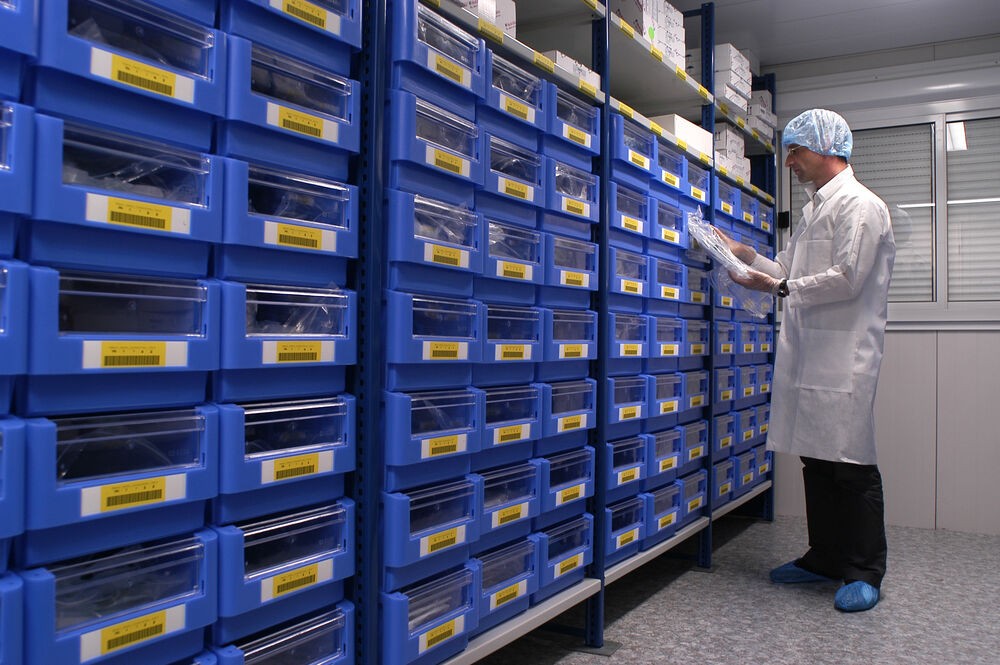Digital infrastructure critical to efficiency in the NZ health system
Health New Zealand is experiencing significant pressure on its operating budget with a predicted gap of $1.4 billion this financial year. This pressure was a key factor in the recent decision by the government to replace the Health NZ│Te Whatu Ora board with a commissioner who will implement a turnaround plan to help the agency live within its means.
This funding reality along with a core expectation of “financial sustainability” laid out in the new Government Policy Statement on Health 2024-27 (GPS, issued in July) have heightened focus across the health system on the search for creative solutions for managing resources and workforce capacity efficiently.
Financial sustainability in the system has been a major concern for years as healthcare demands grow and become more complex, and as related technologies expand and improve.
The GPS calls for greater use of evidence when decisions are made on spending finite health dollars and ensuring “best value for money”. It calls also for greater consistency in health system functioning across the regions, and greater accountability for resource allocation and service performance.
To meet all these pressures and demands, New Zealand needs modern, fit-for-purpose digital infrastructure and data services in all areas of public healthcare administration and delivery.
Digital enablers
Indeed it’s now extremely clear that digital as well as physical infrastructure is a major enabler of improved health system efficiency – and Minister Shane Reti has called for a 10-year infrastructure investment plan, by the end of 2024.
The plan will likely put a strong focus on the digital enablers needed for a high performing health system. In many countries these include GS1 standards for globally unique identification of pharmaceutical products and medical devices, and GS1 technologies for capturing and sharing all primary data about these in clinical and supply chain settings. The identifiers and technologies are, of course, somewhat familiar in our health system already.
Health System Catalogue
GS1 New Zealand is supporting Health NZ│Te Whatu Ora develop this country’s Health System Catalogue (HSC) and its wealth of standardised digital data on the devices used in every New Zealand hospital.
As the HSC build-out continues, GS1 facilitates medical device manufacturers and suppliers in their uploading of key item and price information into the already-established National Product Catalogue (NPC) – and from there, all the valuable information becomes easily accessible by the health system users of the HSC.
The Health GPS and Dr Reti’s forthcoming investment come at a time of increasing recognition that accurate, comprehensive and always-available product data is foundational to so many initiatives for greater system efficiency. The outcomes will be vastly improved patient care and greater certainty around “best value” use of limited resources and time.
The range of HSC data applications is set to grow from now on – and benefits flowing from this will become increasingly apparent to all. GS1 stands ready to support every agency and provider in the New Zealand health system across the expanding digital infrastructure horizon.



